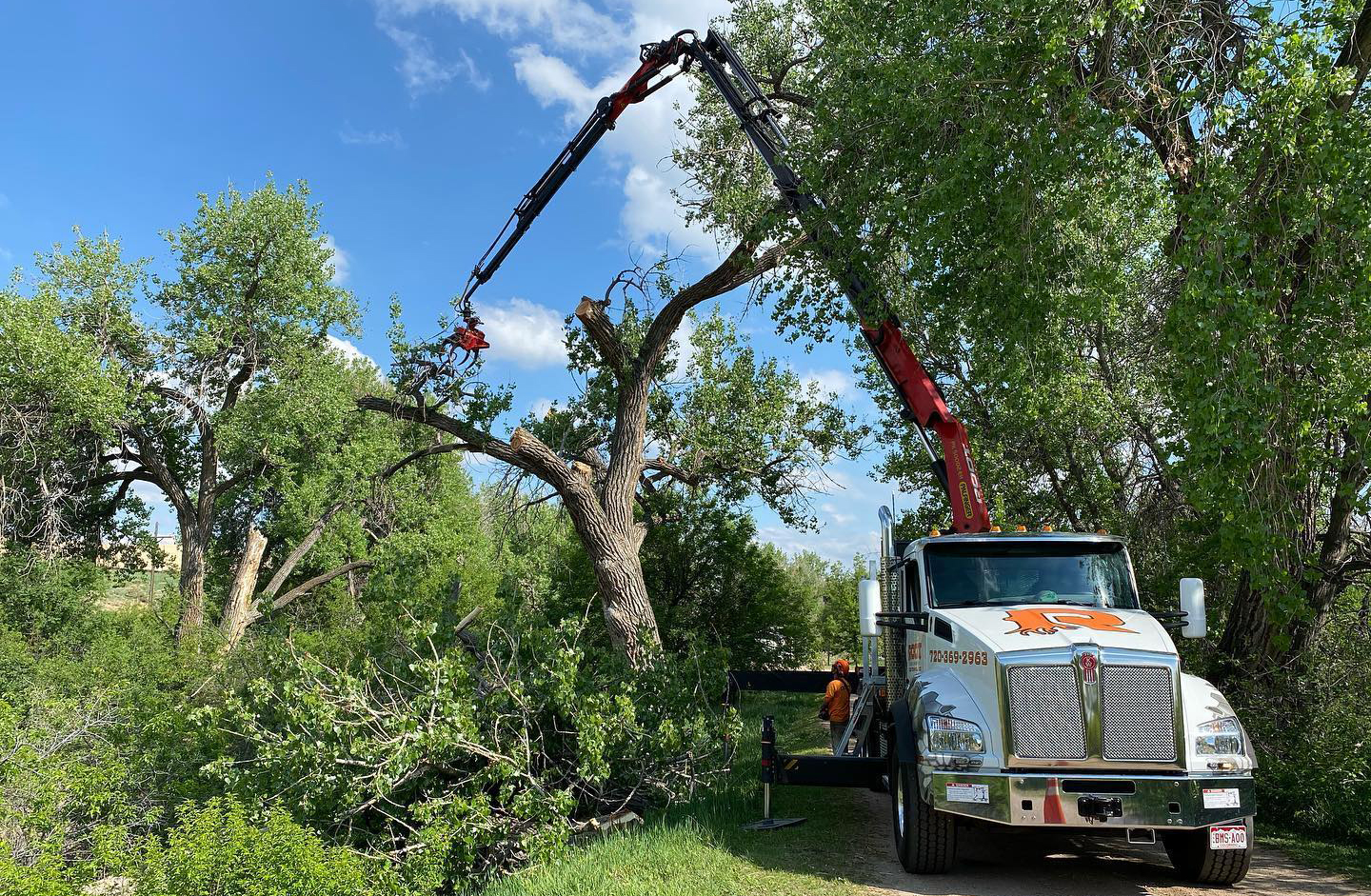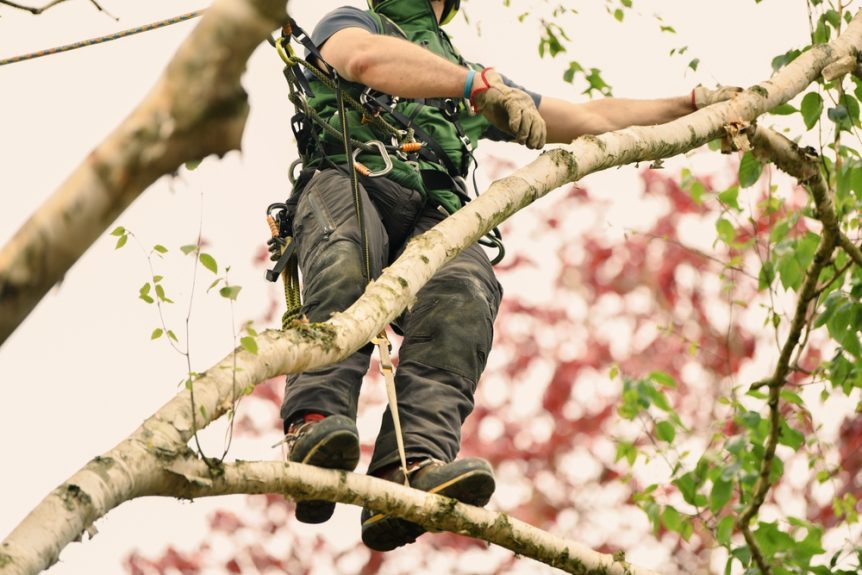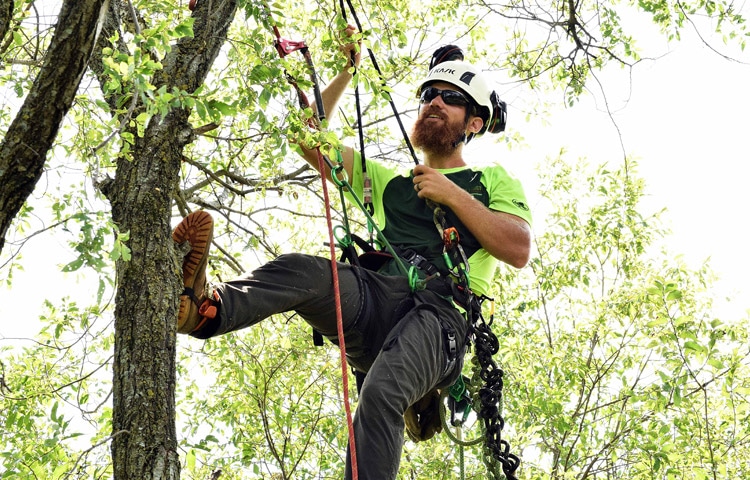Introduction to Quality Tree Trimming
Trees are vital to our landscape and ecosystem, offering beauty, shade, and clean air. However, maintaining their health and appearance takes more than just planting and watching them grow. Quality tree trimming is essential for the overall wellbeing and aesthetics of trees. This guide covers everything you need to know about proper tree trimming practices and why it’s worth the effort.
Understanding Tree Trimming Basics
What is Tree Trimming?
Tree trimming involves selectively removing branches from a tree to enhance its structure, health, or appearance. It focuses on maintaining the tree’s natural shape and supporting healthy growth.
Difference Between Trimming and Pruning
While often used interchangeably, trimming and pruning have distinct purposes. Trimming is usually done for aesthetic reasons, whereas pruning removes dead or diseased branches to prevent the spread of issues within the tree.
Why Quality Tree Trimming Matters
Health Benefits for Trees
Trimming reduces overcrowded branches, improving airflow and sunlight penetration. This promotes stronger branches, helping trees fend off diseases and pests.
Aesthetic and Safety Considerations
Trimming enhances a tree’s natural shape, making it an appealing part of any landscape. Properly maintained trees are less likely to pose hazards, such as falling branches near homes or power lines.

Signs Your Tree Needs Trimming
Overgrown Branches
When branches grow excessively, they can block sunlight, reducing the tree’s overall vitality.
Dead or Diseased Branches
Dead or diseased branches can spread infection and attract pests. Removing them keeps the tree healthy and prevents further damage.
Interference with Power Lines or Structures
Trees growing too close to power lines or structures pose significant risks and should be trimmed to maintain safety.
Types of Tree Trimming Techniques
Crown Thinning
This technique removes selective branches to reduce weight, allowing more sunlight to penetrate and improve airflow within the canopy.
Crown Raising
Crown raising is the removal of lower branches to provide clearance for buildings, pedestrians, or vehicles.
Crown Reduction
For trees growing too large for their space, crown reduction reduces height or width without compromising structure.
Deadwood Removal
Removing dead branches is essential for a tree’s health and appearance, reducing the risk of disease spread and breakage.
The Right Time for Tree Trimming
Seasonal Considerations
Winter is generally the best time for trimming, as trees are dormant and less likely to sustain stress. However, flowering trees should be trimmed right after they bloom.
Tree Species and Timing
Different species have unique timing requirements. For example, maple trees are best trimmed in late summer, while oak trees should be trimmed in winter to avoid disease.
Tools Needed for Quality Tree Trimming
Essential Tools for DIY Trimming
For basic trimming, hand pruners, loppers, and a pruning saw are essential.
Professional-Grade Equipment
Professional tree trimmers may use pole saws, chainsaws, and aerial lifts to reach high branches safely.
DIY vs. Hiring a Professional
Pros and Cons of DIY Tree Trimming
DIY trimming can save money and be rewarding, but it requires time and knowledge to avoid damaging the tree.
When to Call a Professional
For large trees or difficult-to-reach branches, hiring a professional is safer and ensures quality results.
Safety Precautions for Tree Trimming
Necessary Protective Gear
Wear gloves, goggles, and a hard hat to protect yourself from debris.
Safety Tips to Avoid Accidents
Always use secure ladders and avoid working near power lines. Follow equipment safety instructions to minimize risks.
Step-by-Step Guide to DIY Tree Trimming
Preparing for Trimming
Clear the area around the tree, gather your tools, and identify branches for removal.
Basic Trimming Techniques
Trim branches at a 45-degree angle just above a node, taking care not to damage the trunk.
Aftercare for Trimmed Trees
Water and mulch the tree after trimming to support recovery. Keep an eye on any new growth for signs of stress.
Common Mistakes in Tree Trimming
Over-Trimming and Its Effects
Over-trimming weakens a tree, reducing its ability to photosynthesize and defend against pests.
Ignoring Tree Health Considerations
Removing too many branches at once can shock a tree, making it vulnerable to disease.
Hiring a Professional Tree Trimmer
What to Look for in a Professional
Look for certified arborists with experience and good reviews. Verify they have insurance coverage to avoid liability issues.
Average Costs of Professional Services
Professional trimming costs vary but expect to pay between $200 and $500 per tree depending on size and location.

Long-Term Benefits of Quality Tree Trimming
How Trimming Impacts Tree Growth
Proper trimming supports healthy, steady growth and helps trees live longer.
Environmental Benefits
Healthy trees provide shelter for wildlife, improve air quality, and contribute to ecosystem stability.
Environmental Impact of Tree Trimming
Sustainability in Trimming Practices
Sustainable trimming minimizes waste and uses eco-friendly methods to protect the environment.
Benefits to Local Ecosystems
Trimming can help local flora and fauna thrive by reducing competition for sunlight and space.
Conclusion
Quality tree trimming is more than just maintenance; it’s essential for the health, safety, and beauty of trees. From understanding the basics to knowing when to call a professional, keeping your trees well-trimmed has countless benefits. With proper care, you’ll enjoy stronger, more resilient trees that enhance your property and the environment.
